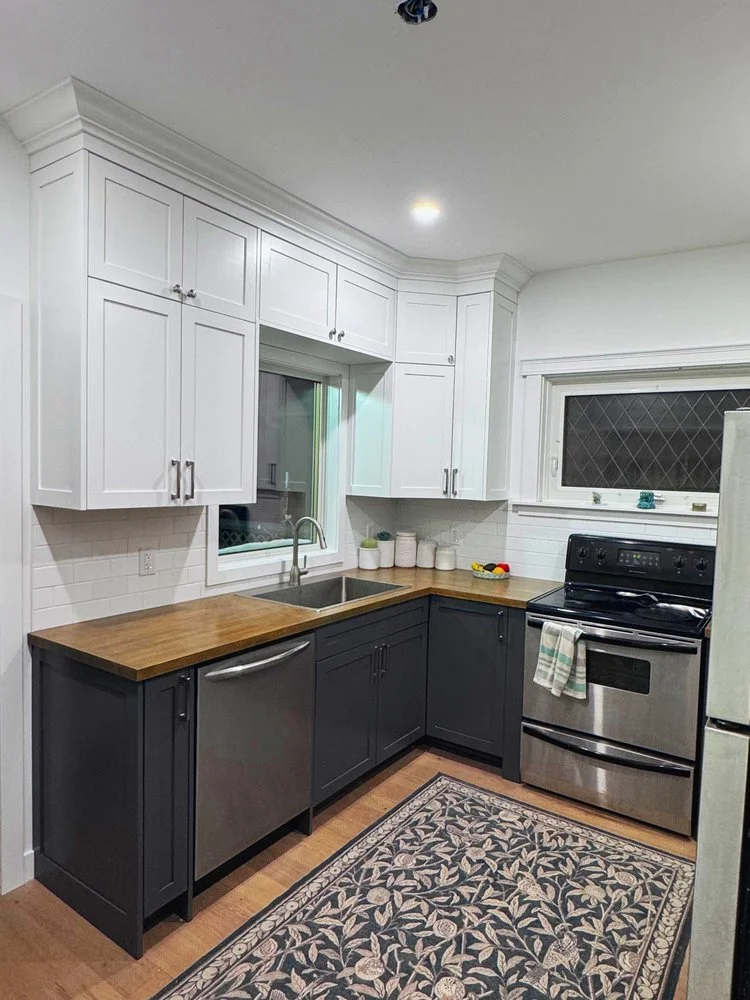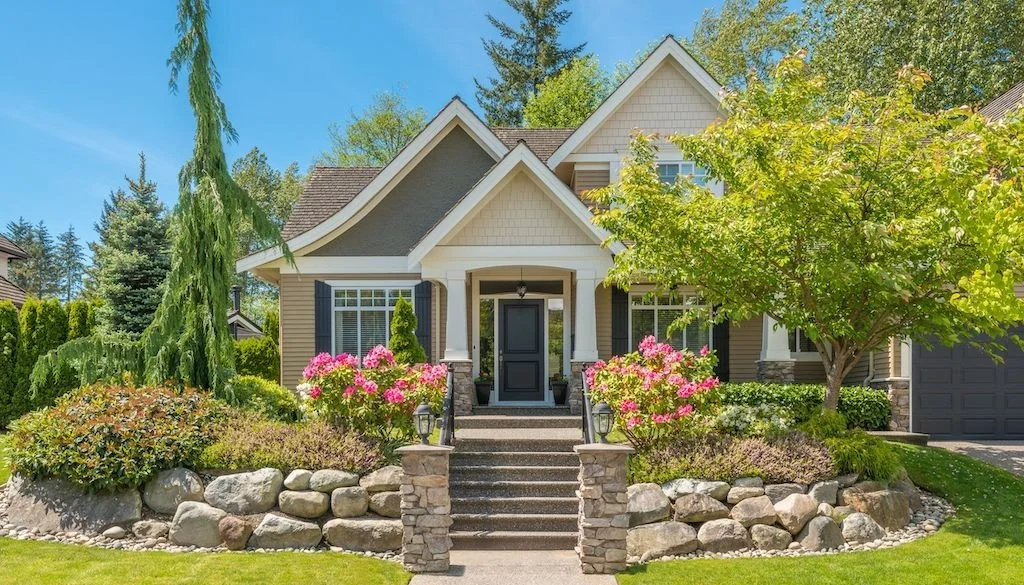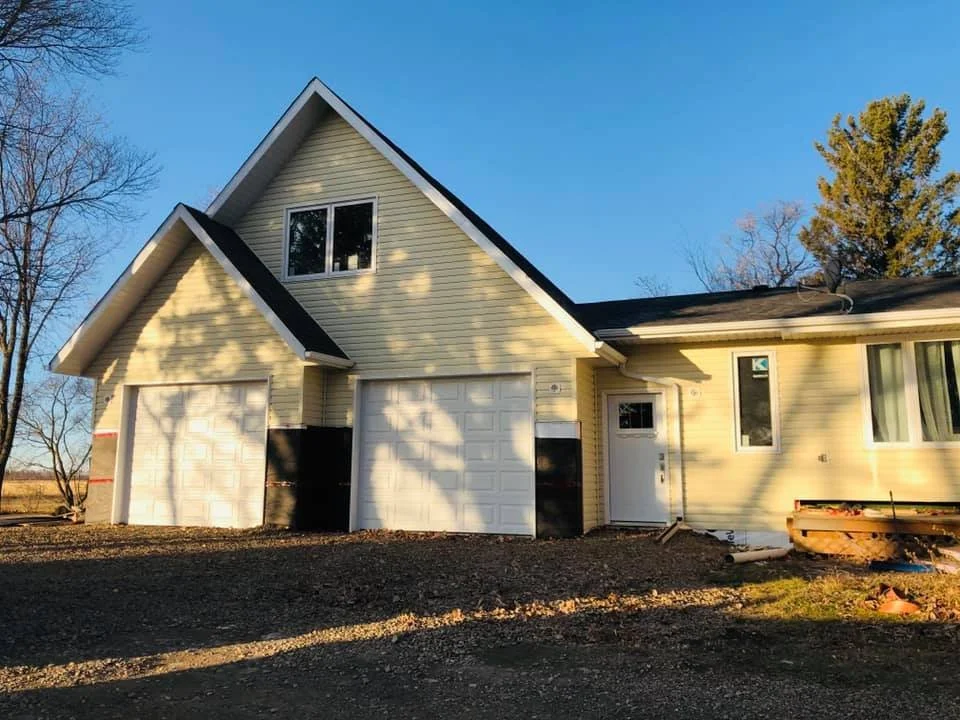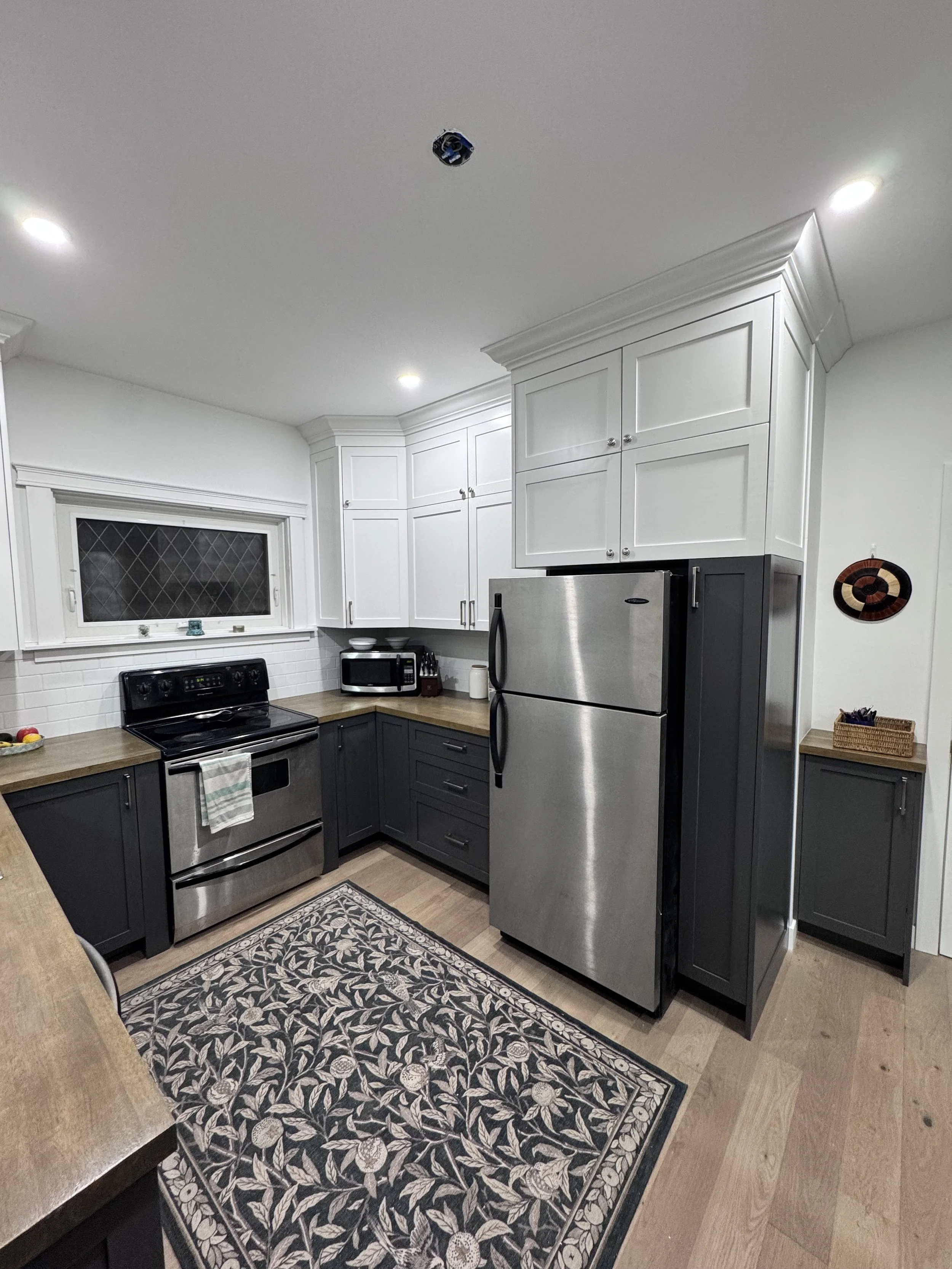Remodeling a small kitchen in Manitoba can feel like a challenge—tight layouts, outdated cabinetry, and limited storage often lead to frustration. But with the right design approach and a local expert by your side, even the most compact kitchen can be transformed into a beautiful, functional space.
Whether you're living in an older Winnipeg home or a cozy rural property, the key is to think strategically about every square inch.
Here are seven practical and stylish small kitchen remodeling tips that are perfect for homeowners in Manitoba looking to refresh their space and make it work harder—and look better—than ever before.
1. Evaluate Your Current Layout
A successful kitchen remodel starts with understanding how your current space works—and where it falls short. Pay attention to how you move between appliances, where bottlenecks form during cooking, and what zones feel cramped or underused.
For many Manitoba homeowners, kitchens were designed decades ago with different lifestyles in mind. That’s why layout reassessment is crucial before you start tearing things down.
Pringle Construction’s remodeling team, for example, works closely with clients to identify what’s working and what needs to be improved. In many cases, simple layout tweaks—like reconfiguring counter placement or switching to a galley layout—can make a dramatic difference without requiring structural changes.
2. Maximize Vertical Storage
One of the most effective ways to gain more storage in a small kitchen is to look up. Vertical space is often underused, especially in older Manitoba homes that may have high ceilings but short cabinets.
Installing full-height cabinetry gives you extra room to store rarely used items above eye level while keeping daily essentials within easy reach. A custom kitchen cabinetry solution from a professional team ensures that storage is both functional and seamless with the overall design. Crown moldings, built-in spice racks, and concealed storage can all be integrated without making the space feel boxed in.
3. Incorporate Multi-Functional Features
In smaller kitchens, less is more—but only if every element does more than one job. That’s where multi-functional fixtures and space-saving appliances come in.
Think of an island that doubles as a dining area and prep zone, or cabinet drawers with built-in dividers to store utensils, cutting boards, or trash bins. In Manitoba’s colder months, homeowners often prefer tucked-away coffee stations and baking centers, all of which can be custom-built to maximize function without clutter.
Pringle’s cabinetry services are tailored for these kinds of design goals, helping homeowners make the most of every corner.
4. Enhance Lighting and Color for a Spacious Feel
Good lighting is transformative, especially in smaller spaces. Many kitchens in older Manitoba homes rely solely on overhead fixtures, which can create shadows and make the room feel smaller than it is.
Brighten things up with a layered lighting approach: under-cabinet lighting for work areas, pendant lights for ambiance, and daylight bulbs to create a clean, crisp feel. Pair this with light-colored cabinetry and neutral-toned walls to reflect light and open up the space.
According to Natural Resources Canada, improving lighting is one of the simplest energy-efficient upgrades you can make, especially when paired with modern fixtures and LED bulbs. They highlight that switching to ENERGY STAR® certified LED light bulbs is one of the simplest ways to reduce energy consumption.
5. Embrace Glass and Open Shelving for Visual Space
If you’re looking to visually expand your kitchen, consider swapping some solid cabinet doors for glass-front designs or installing a few rows of open shelving. This lightens the visual weight of the room and draws the eye upward, creating an illusion of more space.
Open shelving also allows you to showcase attractive dishware, plants, or cookbooks—just enough to add personality without cluttering the space. Homeowners in Manitoba often pair open shelving with rustic or farmhouse-inspired elements, which complement the local architectural styles beautifully.
6. Use Clever Storage Solutions for Hard-to-Reach Areas
Smart storage is essential in a small kitchen. Every cabinet, drawer, and corner should be designed with purpose.
Features like pull-out pantry towers, rotating corner carousels, and toe-kick drawers can transform dead zones into valuable storage areas. These elements aren’t just convenient—they make day-to-day cooking and cleaning more efficient.
That’s where professional cabinetry installation becomes crucial. Off-the-shelf storage options often leave gaps or waste space, while custom cabinetry from a local team like Pringle Construction ensures every square inch is working in your favor.
7. Work with Local Remodeling Experts Who Understand Manitoba Homes
Every region has its own set of building styles, climate considerations, and construction quirks—and Manitoba is no exception. That’s why working with a local renovation expert is such a smart move, especially for kitchen projects.
Pringle Construction has years of experience remodeling kitchens across Manitoba and understands the specific needs of homeowners in the province. From sourcing materials that can handle the dry winters to navigating local codes and permits, their team takes the guesswork out of remodeling.
More importantly, they deliver solutions that are not only functional but customized for your lifestyle.
Turn Your Dream Kitchen into a Reality
Small kitchen remodeling doesn’t have to be stressful or complicated. With the right strategies—and the right team behind you—you can create a space that looks great, feels spacious, and functions beautifully for your daily routine.
Whether you’re interested in upgrading your cabinetry, improving your layout, or getting expert design advice, Pringle Construction is here to help.
As a trusted local contractor in Manitoba, we specialize in turning tight, outdated kitchens into well-designed, high-performing spaces you’ll love for years to come.
Ready to start your transformation? Reach out to our team today and take the first step toward the kitchen you’ve always wanted.







